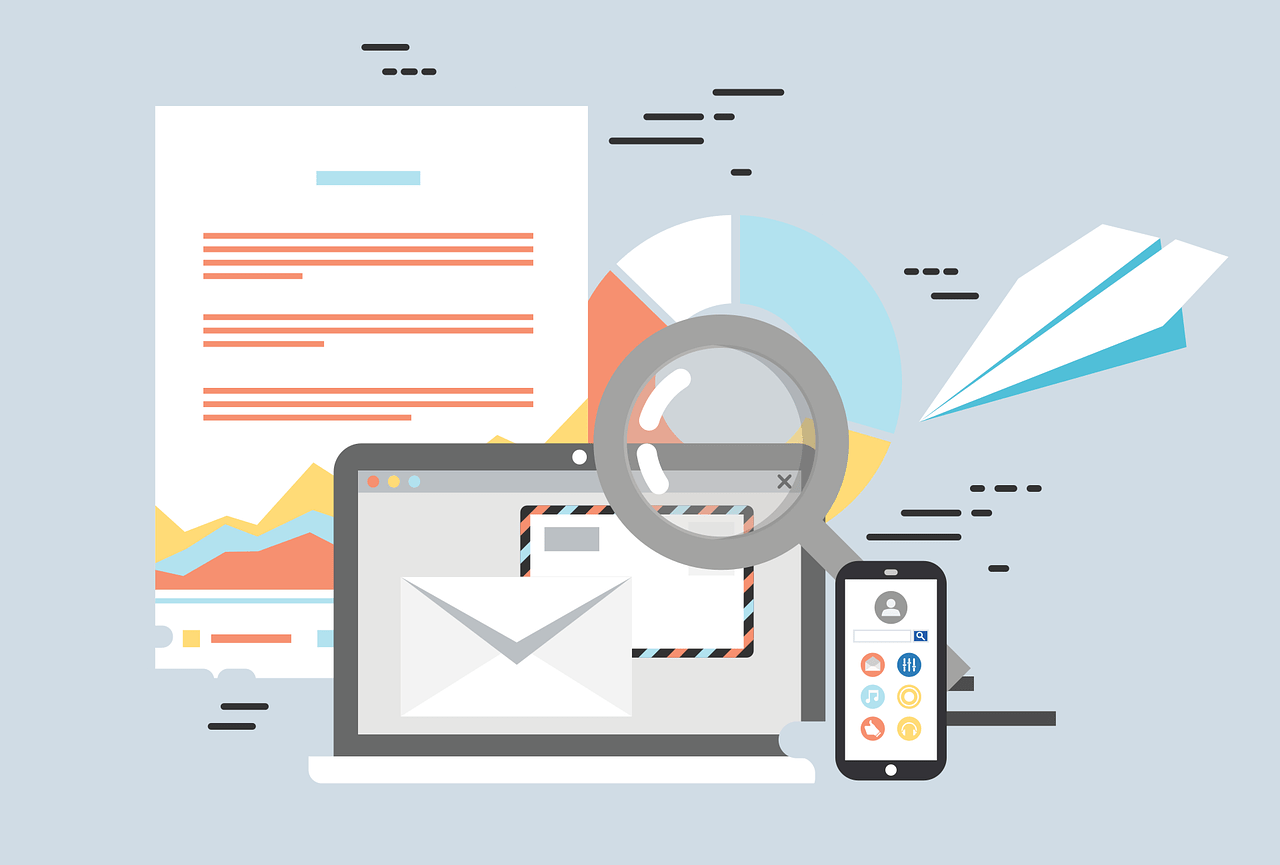In the realm of marketing and business, understanding human psychology can be a powerful tool. One psychological principle that can significantly impact consumer behaviour is known as loss aversion. Loss aversion psychology revolves around the idea that people tend to strongly prefer avoiding losses over acquiring gains. In this article, we will delve into the concept of loss aversion psychology and explore how businesses can effectively leverage it to enhance their conversion rates.
Introduction
In the competitive landscape of modern business, standing out and capturing a potential customer’s attention is paramount. This is where psychology plays a pivotal role. Loss aversion, a psychological phenomenon elucidated by behavioural economists Amos Tversky and Daniel Kahneman, is a cognitive bias that underscores the emotional weight of loss compared to gains. Essentially, humans tend to feel losses more deeply than they do gains of equivalent value. This insight serves as the foundation for a multitude of strategies that can profoundly influence consumer behaviour and drive conversions.
The Theory of Loss Aversion
Loss aversion is deeply rooted in human evolution. Our ancestors’ survival was often predicated on their ability to avoid potential dangers and losses in their environment. This survival instinct has persisted through the ages and now manifests in various aspects of our lives, including decision-making as consumers. Numerous studies have substantiated the potency of loss aversion in shaping behaviour. For instance, research conducted by Kahneman and Tversky found that individuals are more likely to take risks to avoid potential losses than to secure potential gains. This risk aversion in the face of losses has profound implications for marketers seeking to drive conversions.
It’s important to recognise that loss aversion is not merely theoretical; it has real-world consequences. A study conducted by the University of Chicago’s Center for Neuroeconomics examined the brain activity of participants as they made decisions involving gains and losses. The researchers found that the brain’s response to losses was more intense than its response to gains. This neurological insight sheds light on the emotional underpinnings of loss aversion and provides businesses with a roadmap for structuring their marketing strategies.
Loss Aversion in Consumer Behaviour
Loss aversion can manifest in multiple dimensions of consumer behaviour. One prevalent example is seen when customers hesitate to switch from a product they are familiar with to a newer one, even if the new product offers potential benefits. This hesitancy stems from the fear of losing the comfort and familiarity associated with their current choice. For businesses looking to introduce innovations or upgrades, understanding this aspect of loss aversion can guide their marketing campaigns.
Furthermore, loss aversion plays a significant role in decision-making related to pricing. Consumers often exhibit sensitivity to price increases due to the perceived loss of value, even if the price hike is relatively minor. This sensitivity underscores the importance of carefully framing price adjustments and highlighting the additional value gained to counteract the aversion to loss.
Applying Loss Aversion to Marketing Strategies
Creating a Sense of Urgency
Creating a sense of urgency is a well-established tactic that taps into loss aversion. Limited-time offers and countdowns trigger the fear of missing out, prompting customers to take action to avoid the potential loss of a valuable deal. E-commerce giants like Amazon and online travel agencies frequently employ this strategy by displaying limited-time discounts that drive customers to make a purchase quickly.
Limited-Time Offers and Exclusivity
Limited-time offers leverage people’s aversion to missing out on a unique opportunity. By presenting a time-limited deal, businesses encourage immediate decision-making to prevent the loss of a beneficial offer. This approach is particularly effective when combined with clear communication of the exclusive nature of the promotion.
Emphasising Potential Loss
Highlighting what customers stand to lose by not choosing a specific product or service can be a persuasive tactic. By showcasing the negative consequences of inaction, businesses trigger loss aversion and nudge customers towards making a positive choice. For instance, insurance companies often emphasise the potential financial losses customers could face without adequate coverage, prompting them to take action.
Testimonials and Social Proof
Utilising testimonials and social proof can address loss aversion by showcasing the success and satisfaction of other customers. Potential buyers fear missing out on the positive experiences others have gained from a product or service. By sharing testimonials that emphasise how a product or service helped customers avoid losses or achieve gains, businesses can effectively tap into this psychological bias.
Crafting Compelling Call-to-Actions (CTAs)
Call-to-actions (CTAs) that focus on the potential benefits a customer might miss out on can evoke loss aversion. By framing CTAs in terms of avoiding loss rather than gaining something, conversion rates can be significantly increased. For instance, instead of a generic “Sign Up Now,” a more effective CTA might be “Don’t Miss Out! Sign Up Now and Secure Your Exclusive Benefits.”
A/B Testing and Optimisation
To effectively use loss aversion, businesses should engage in A/B testing. This involves comparing two versions of a marketing strategy—one that emphasises potential loss and another that emphasises gain. Data-driven insights can guide optimisation efforts and reveal which approach resonates more strongly with the target audience. By refining strategies based on real-time feedback, businesses can continuously enhance their conversion rates.
Integrating Loss Aversion in Website Design
The principles of loss aversion should be considered in website design. Placing important information, such as limited-time offers or potential losses, prominently on the website can catch visitors’ attention and encourage them to explore further. For instance, a well-designed banner at the top of the homepage showcasing an ongoing promotion and its expiration date can effectively tap into the fear of missing out.
Ethical Considerations
While leveraging loss aversion can be highly effective, it’s essential to approach it ethically. Marketing strategies should remain truthful and transparent, ensuring that customers are not misled or manipulated. Businesses should aim to create genuine value for their customers and foster long-term relationships based on trust.
Potential Challenges and Mitigation
Challenges in implementing loss aversion strategies may arise, such as customer backlash due to perceived pressure tactics. To mitigate these challenges, businesses should adopt a customer-centric approach and prioritise clear communication. Transparent policies and honest messaging can help build and maintain a positive brand reputation.
Conclusion
In the ever-evolving landscape of marketing, understanding the intricacies of human psychology is an indispensable asset. Loss aversion, a fundamental cognitive bias, provides businesses with a potent tool to drive conversions. By crafting strategies that resonate with the innate fear of loss, marketers can create compelling narratives that inspire action. However, the ethical application of loss aversion is paramount. Businesses that prioritise authenticity and value creation will not only harness the power of this psychological principle but also build enduring relationships with their customers.
FAQs
- How does loss aversion influence decision-making? Loss aversion leads individuals to prioritise avoiding potential losses over securing gains, influencing their choices and behaviours.
- Can loss aversion be exploited unethically? Yes, it’s crucial to use loss aversion ethically and transparently to avoid manipulating customers’ emotions.
- Are there industries where loss aversion is particularly effective? Loss aversion can be particularly effective in industries where emotional connections and perceived value play a significant role, such as luxury goods and healthcare.
- How can businesses measure the success of loss aversion strategies? Businesses can measure success through A/B testing, thorough conversion rate analysis, and tracking customer responses.




